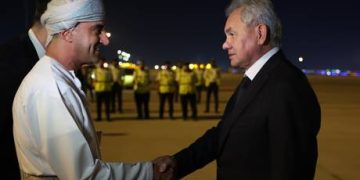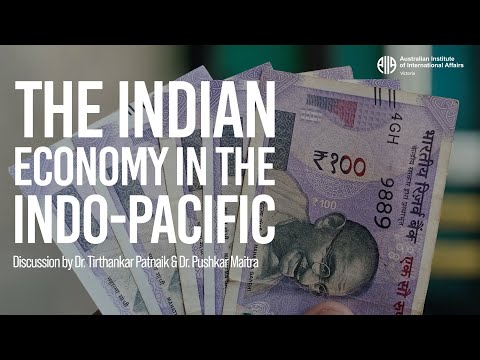August 25, 2025, 9:03 am
With a projected GDP growth rate of 6.2 % in 2025, inflation at 4.1% and a population of 1.454 billion, India is the fourth largest economy in the world and Australia’s fifth largest export market, with a focus on minerals and energy.
India is one of Australia’s most important trade and investment partners, whose enormous prospects for growth have obvious geopolitical implications.
The India-Australia Economic Cooperation and Trade Agreement (ECTA) signed in December 2022 has provided a major boost to trade. Over 85 per cent of Australian goods exports by value to India are now tariff free, rising to 90 per cent by 1 January 2026, and high tariffs have been reduced on some further agricultural products. In addition, 96 per cent of imports from India are now tariff free, rising to 100 per cent by 1 January 2026.
Unlike their neighbours, Asia’s third largest economy is not as export-dependent, instead relying on consumption-heavy GDP structure. This means that the growing middle class, increased per-capita income and rising urbanisation all have aided in cushioning the economy from global shocks that have affected economies in North America and Europe.
What does this mean for India’s growing importance in regional and global economic and strategic affairs? How can Australia benefit from the Indian growth story both in terms of two-way trade and investment and geo-political re-alignments in the Indo-Pacific?
Content Creator – Australian Institute of International Affairs












